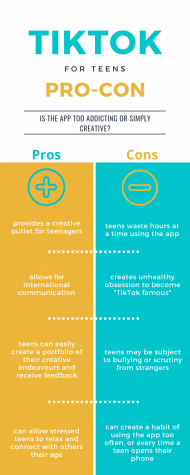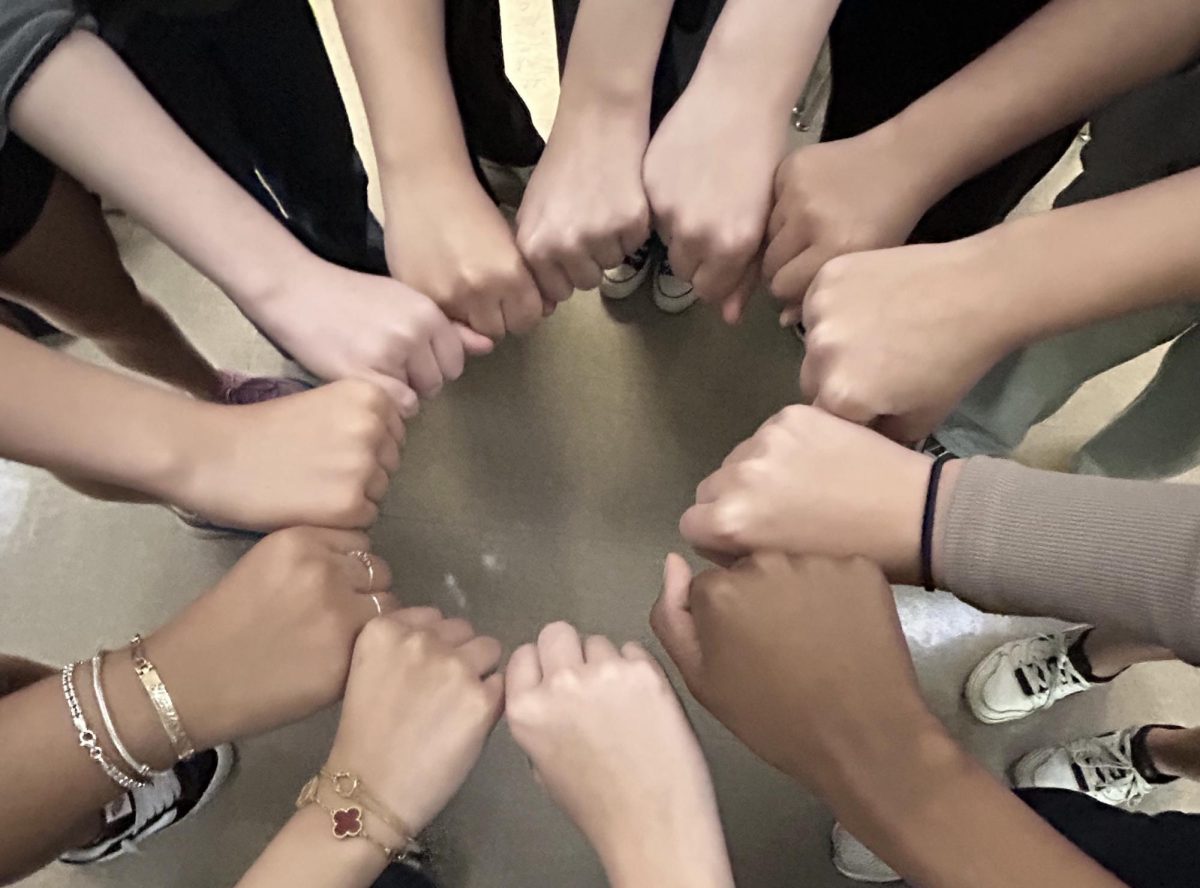 TikTok, a growing social media app where people can make short videos, has risen in popularity over the past year, with over 500 million monthly active users. As with most social media apps, TikTok’s majority of users are children and teenagers. As the app continues to grow in popularity, more people are checking it constantly, becoming reliant on it as a source of entertainment during moments of boredom.
TikTok, a growing social media app where people can make short videos, has risen in popularity over the past year, with over 500 million monthly active users. As with most social media apps, TikTok’s majority of users are children and teenagers. As the app continues to grow in popularity, more people are checking it constantly, becoming reliant on it as a source of entertainment during moments of boredom.
TikTok’s creators decided to choose ‘under 18’ as their target audience from the beginning, meaning the app is tailored specifically to appeal to the younger demographic. The content on the app centers around what children and teenagers find entertaining, like short, funny videos based on current trends and memes. This means children and teenagers will find the app more addictive and will easily form the habit of opening the app at any given time.
According to Oberlo.com, “90 percent of all TikTok users access the app on a daily basis. Not only that, they are extremely active on the app.”
This could cause many issues for those who have little to no self control when it comes to putting their phone down during school or while doing homework. TikTok is quickly becoming the primary form of procrastination for students and there are no signs that the app’s popularity will decrease any time soon.

The official logo of TikTok, a growing social media app, that many adolescents have begun using.
The New York Times article, “How TikTok is Rewriting the World” explored some of the ways the app stands out from other platforms, notably through its calls-to-action for digital denizens to become content creators, and its addictive entertainment value for extremely young audiences.
One of the main contributors to people’s obsessions with TikTok may be the desire to become “TikTok famous.” Many users strive to make funny or relatable videos that will go viral and gain them followers. Users may feel compelled to constantly check the in-app notifications to see how many likes or views their videos have, which only strengthens the addictive qualities of the app.
This is not the first time an app like this has risen in popularity. In 2013, Vine, an app where users can make seven second videos, was released. Vine’s popularity was similar to TikTok’s current popularity, in which users could essentially become famous off of their content, as well as having similar addictive qualities like TikTok. Vine was taken off of the app store in 2017, TikTok has appeared to take its place.
On the other hand, TikTik provides an outlet for students to be creative and to share their ideas and content with others. Many may find the app as a way to relax and destress when necessary, while others utilize the app by sharing their creative interests or comedic skits.
Also, TikTok is available in 155 different countries, allowing users to explore content and connect with people all over the world.
There is a healthy balance to be found with TikTok. A 2016 Common Sense Media Report found that 78 percent of teens check their phone at least hourly and 50 percent of teens “feel addicted” to their phone. Since the rise of TikTok, these statistics may only increase due to the amount of current users. While it is an entertaining app that can help people relieve stress, laugh and connect, it is still an addictive app that can turn into an unhealthy habit if too much time is spent on it.






